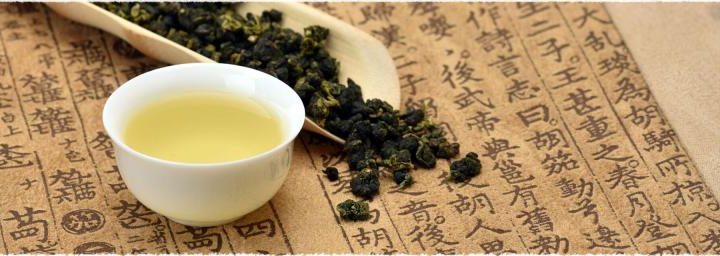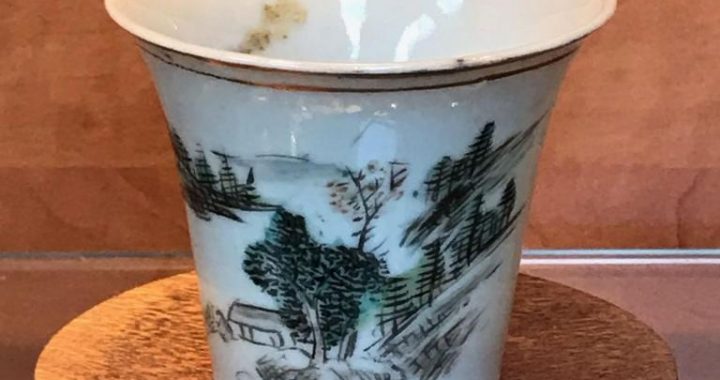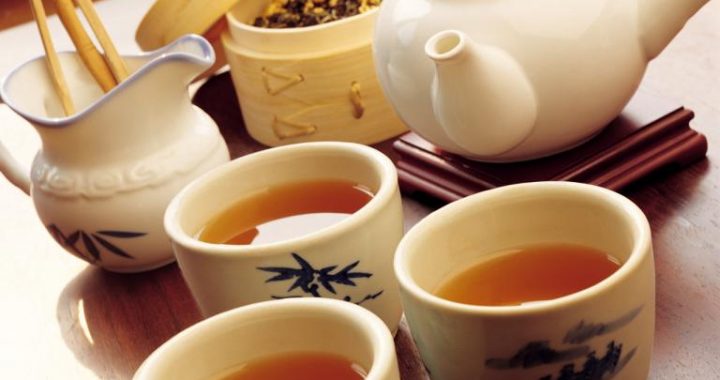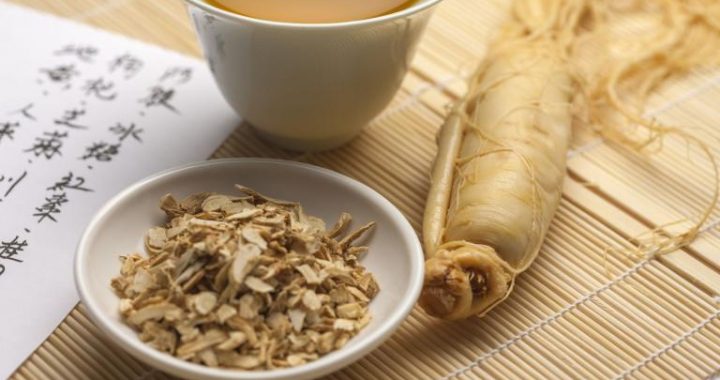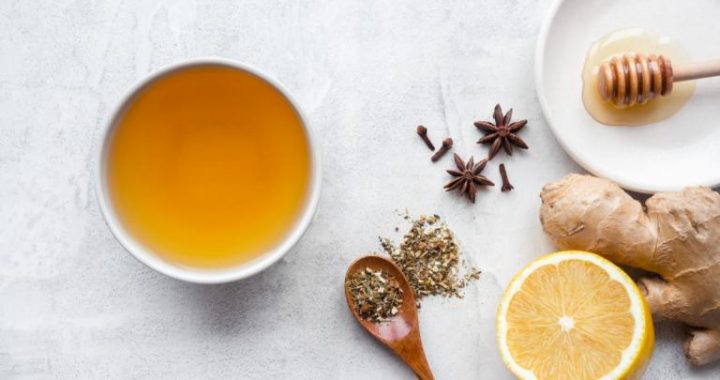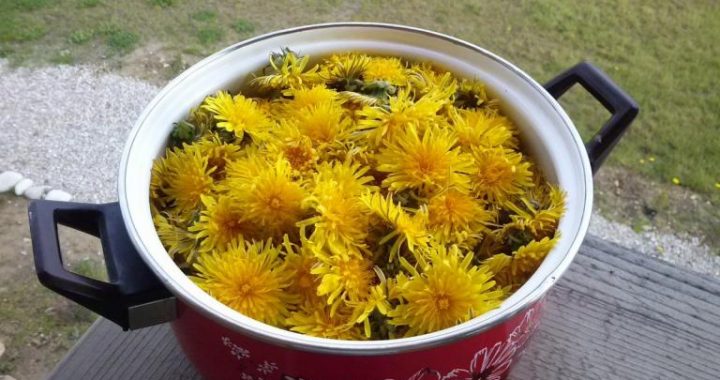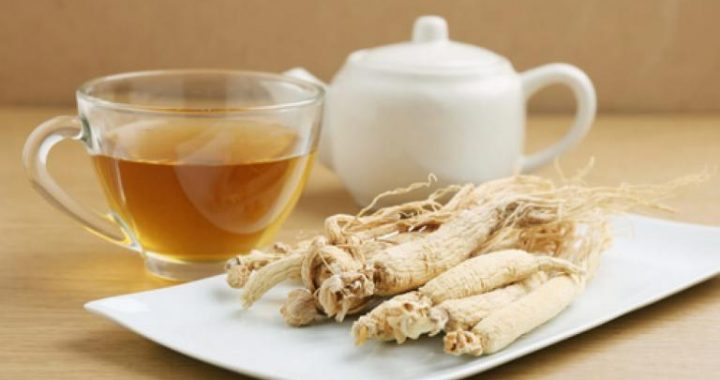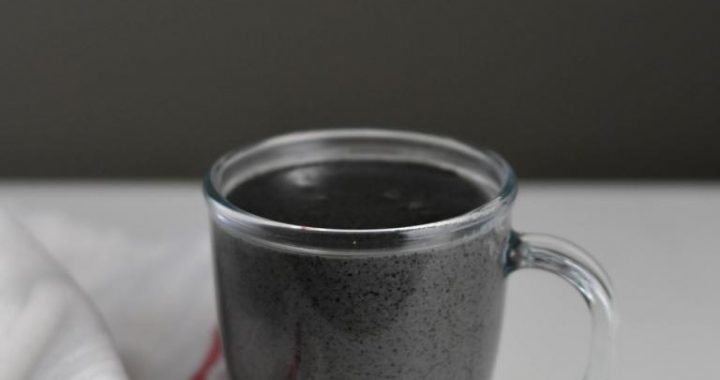The Fun of Tea in Buddhist Temples
4 min readIn the formation and spread of Chinese tea culture, Buddhist monks played a rather important role. In as early as the Tang dynasty, tea drinking in the Buddhist temples led the social trend of tea drinking. Till today, there are still many interesting stories going around about the tea drinking of monks.
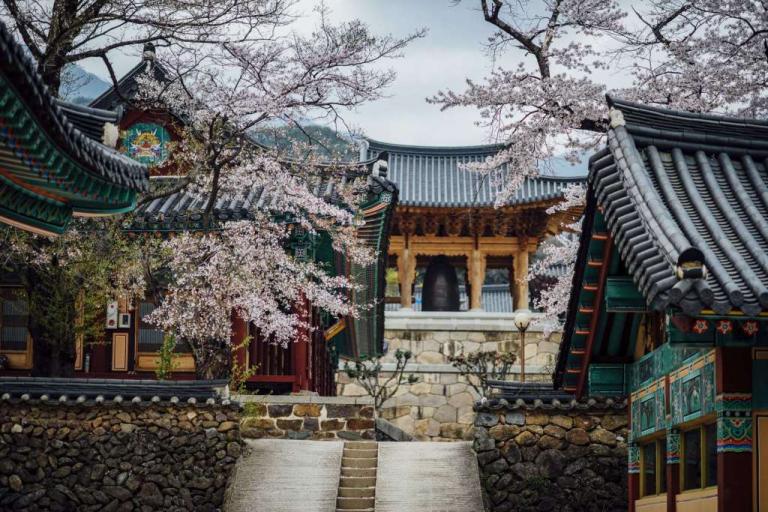
What the Glass Cup Symbolized
In the first year of Xuanzong reign (847~859) of the Tang dynasty,a monk called Wuzhuo in Hangzhou went to visit Bodhisattva Wenshu in Wutai Mountain, and Wenshu transformed into an old man to talk with Monk Wuzhuo. During the talk, Bodhisattva Wenshu asked a boy to serve tea and pastries, and took up a glass cupwhen drinking tea, asking Monk Wuzhuo,”Do you have this in the south?”Monk Wuzhuo answered no. Then Wenshu asked,”Then what do you use when you drink tea?”Monk Wuzhuo couldn’t answer. It was not until later when the boy accompanied Monk Wuzhuo down the mountain that Wuzhuo knew from the boy that where he had stayed was just Jingangku-Banruo Temple and the old man he saw was Bodhisattva Wenshu.
This story is very odd. Bodhisattva Wenshu must know clearly that tea was a thing indispensable to the people in the south and tea utensils had already appeared in the Tang dynasty, but he still asked that question. What was stranger, the answer of Monk Wuzhuo was “no”. There seemed to connote some dialectical meaning in thetalk about “have”and”not have”. Even we can’t understand what their meaning was, we could at least make sure that at that time, tea drinking had already prevailed in the Buddhist temples in the south and north.
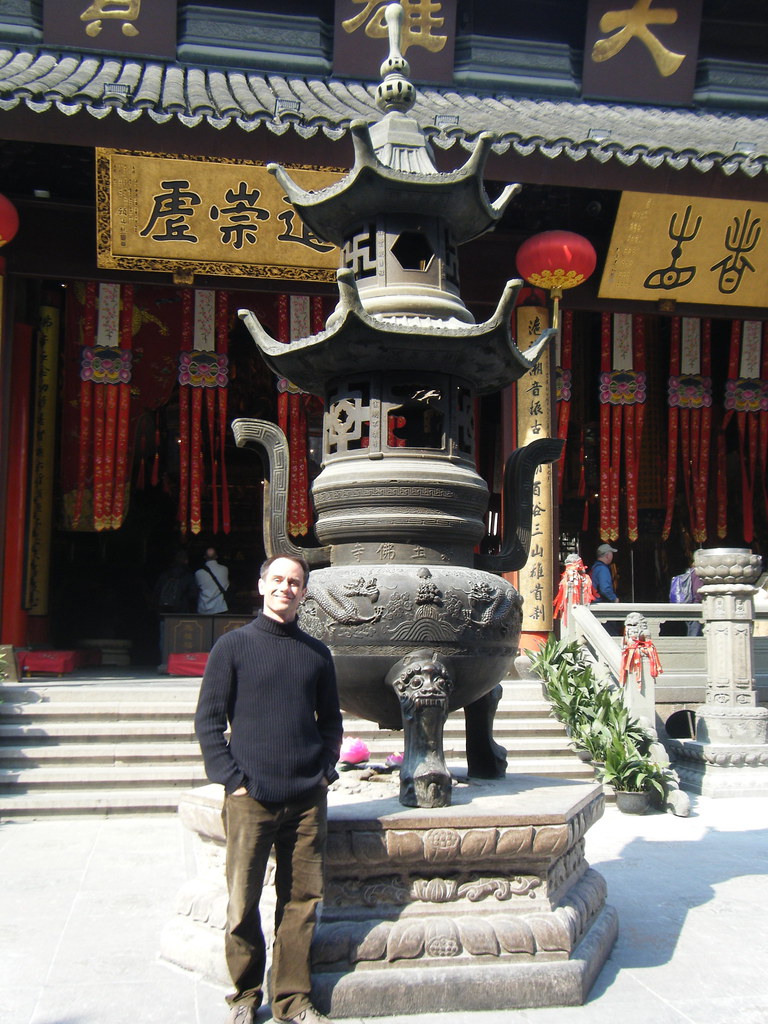
“Let’s Have Tea.
This expression also originated in the Tang dynasty. At that time, there was such a story in almost all the ancient Zen Buddhism books: Monk Congnian, who was called”Zhaozhou Gufo”(Zhaozhou Ancient Buddha), lived in Zhaozhou Guanyin Temple, and he usually asked the newly-come monks,”Have you been here before?”Some answered “Yes”and some “No”. No matter what the answer was, Monk Congnian would always say”Let’s have tea”. Later the monk in charge of the temple asked Monk Congnian,”Why did you always say ‘ Let’s have tea’ no matter the monks had been here or not?”And Monk Congnian said to him,”Let’s have tea.”
This quotation generally showed two points: one was that at that time it was quite usual for the monks to drink tea, and it is said that Monk Congnian lived it the middle of Tang dynasty, about the same time as “Tea Sage”Lu Yu lived; the second point was that the sentence “Let’s have tea”indicated a certain abstruse meaning,i.e. the way of attaining enlightenment. In addition, because the Zen Buddhism mostly advocated not saying deceptive words, the sentence of “Let’s have tea”also became a sentence that could be used whenever and wherever at that time, which was equivalent with today’s “I have nothing to say”. Once this sentence was said, the person could keep silent and the askers should attain enlightenment by themselves.
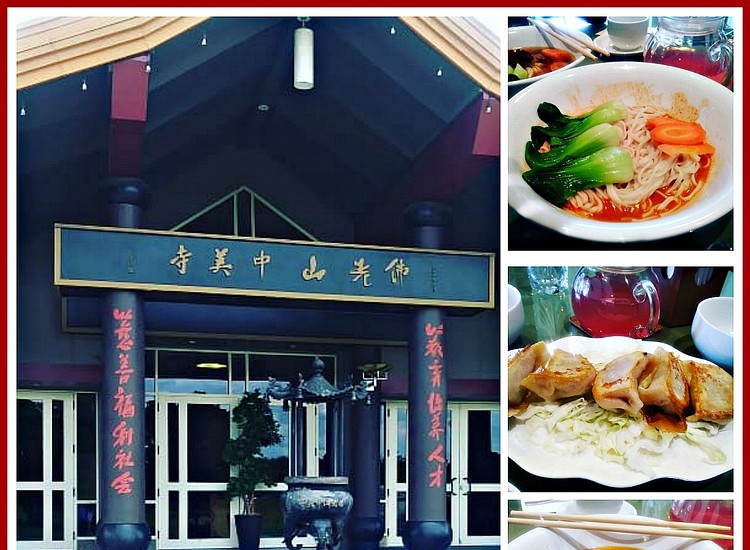
The Custom of Three Rounds of Tea After the Meal
According to the research, the custom of three rounds of tea after the meal today also originated from the Buddhist temples. The legend has it that in the Tang dynasty there were two monks who made outstanding contributions to the custom of three rounds of tea after the meal: one was Monk Datong in Touzi Mountain in Shuzhou, who kept the habit of having three rounds of tea after the meal in his life; the other was Monk Yantuo in Fengxue Temple, who used to made the protocol of serving three rounds of tea to the guests after the meal.
Besides, according to Wudenglingyuan: Volume Eight, when Monk Qingyuan of Wan’ an Temple was asked the question,”If an honorable guest arrived suddenly, how to entertain him?”he answered,”You should serve three rounds of tea after the meal respectfully.”And in the Wudenglingyuan: Volume Nine, there recorded that whensomebody asked Monk Zifurubao,”What is the life style of monks?”and the monk answered,”Drink three cups of tea after the meal.”
From these legends and historical records, we could probably draw the conclusion that today’s custom of three rounds of tea after the meal originated from the Buddhist temples, which also connoted the frugal, rustic and modest way of entertaining the guests.
